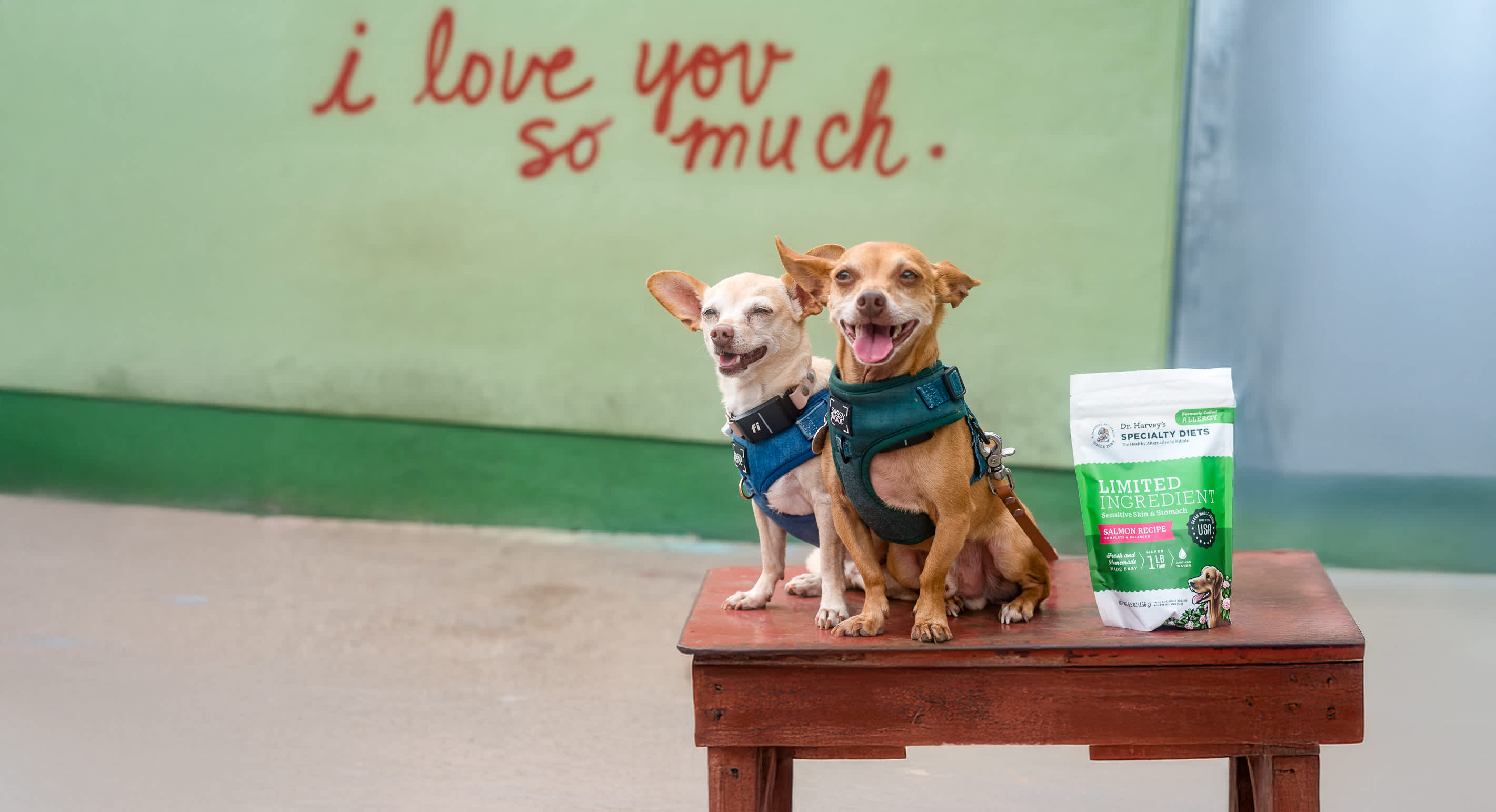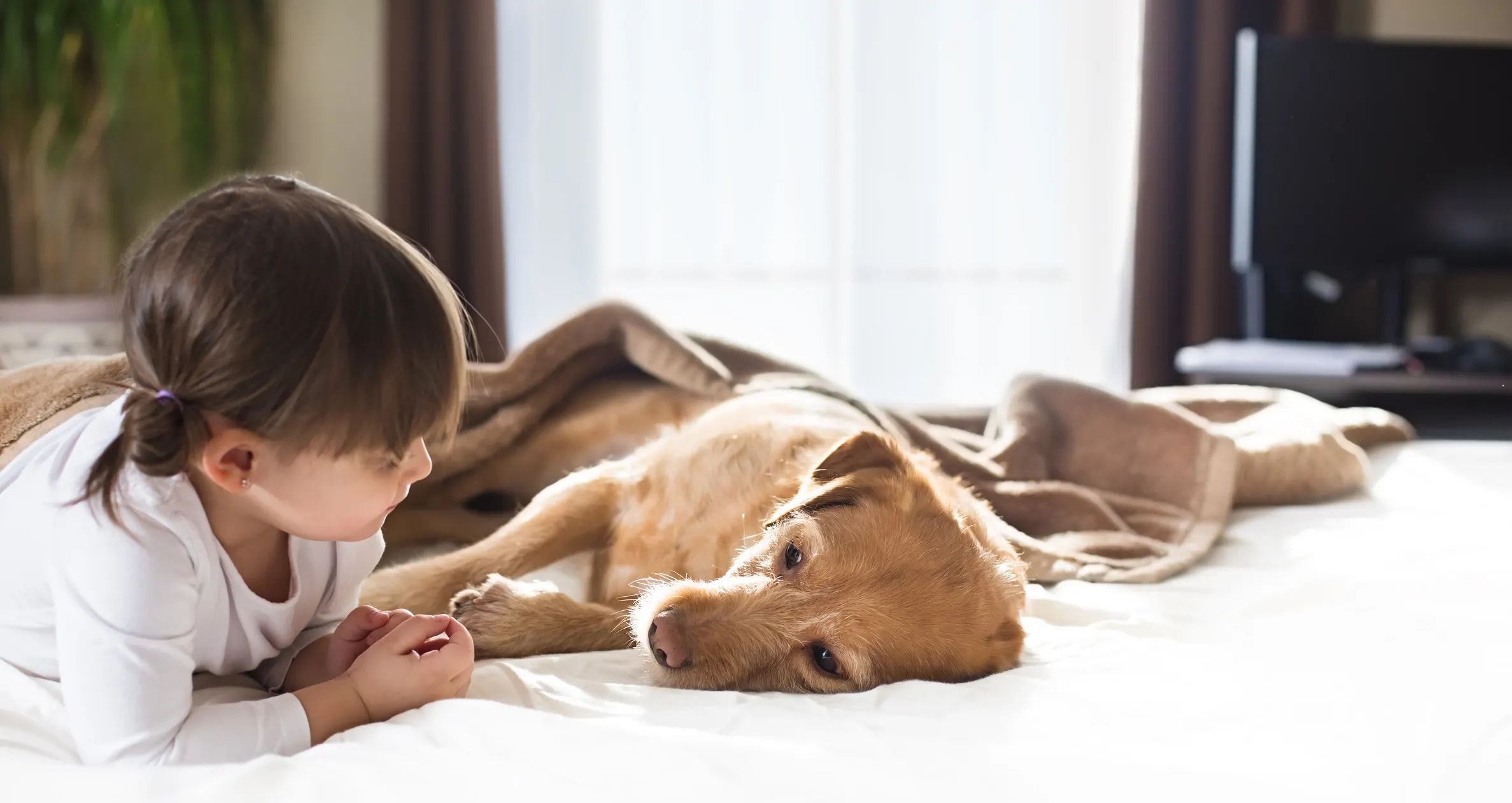Welcome to 'Unleashing Canine Counterstories: Exploring Humane Education with Dr. Lori". I am your hostess for this blog series where we dive deep into the fascinating world of relationships between humans and pups.To put it bluntly, it's complicated. But I'm here to help hash it all out!
In this series, we'll examine our interactions with our canine companions and discover ways to build stronger, more empathic connections by considering your dog's perspective along with your own.
In this first post, we will ponder a deep thought-provoking question in relation to our canine counterparts: "Would you rather be feared or loved?'
Canine CounterStories examine how our perceptions of our role as caregivers versus authority figures actually impact our overall human/canine relationships. Fear-based training and caregiving methods may be effective, but would your dog (and you) actually prefer fostering a bond based on love, trust, kindness, and mutual respect? I know I would......
So let's begin! Thinking back to when you and your pup first became family, what were your goals? (The goal is what absolutely matters).
Were you hoping for a pal or someone you can boss around? Were you hoping your dog would listen to your every command to avoid repercussions or love you and follow you with unwavering loyalty and affection by CHOICE?
While fear can enforce obedience and order, love fosters allegiance in a healthy way that benefits BOTH parties, creating a thriving environment for positive overall well-being all around. The choice between being feared or loved depends on the desired outcome. If the goal is pure control, fear is effective; if the goal is genuine respect and companionship, love is superior. What were you hoping for?
So how did we get here? Why do we even have to ask such a question? It seems like common sense that people would choose to have a dog to love and be loved, not to dominate and control. But, alas, many subconscious actions and behaviors we exhibit daily don't always align with the loving environment we hope to provide.
Modern society tells us to be 'alpha', to make sure the dog knows who is boss, and to be firm and stern with 'commands'. However, so many times this approach actually misses the mark, placing strain on your bond. Without fully realizing it, you become frustrated and sometimes more intense with your 'wants'. I prefer communication 'cues' rather than commands, providing clear information that is easily understood. This isn't always as easy as it seems.
This may be tough to read, but many times some of the human behaviors come across more controlling than compassionate. By considering the Canine CounterStory and viewing situations from your dog's perspective. We can reflect and foster actions that create a more harmonious coexistence based on mutual understanding. Think more 'Namaste' and less 'Aye Aye Captain!'.
Let's explore some practical strategies for fostering a more reciprocal partnership with your canine companion. This is Humane Education at its finest.
Crate vs. Den: Transforming Confinement into a Comfort Zone
Understandably there are times your pup may need to be crated. Crate training is a tool we can use as a safe haven for our dogs if ever needed, and should NEVER be used as punishment. Creating a cozy den space, you can still place your dog there whenever needed, but the shift in perspective will have your dog WANTING to go inside. Some tips on transitioning:

If your dog has been inside metal cage crates before and they are seen in a negative light by your pup, switch to airline crate style, which is more solid plastic. Add soft bedding and blankets, tossing treats inside. Include a favorite toy or chew, in a quiet area away from foot traffic and noise. Start by leaving the crate door completely open (or off). When you are ready to close the crate, do it slowly and calmly, no slamming doors.
Although this will become a warm, inviting space, we do not want to overuse the crate as this will limit your dog's mobility. Do not crate all day while out or at work, and crate all night for sleeping. Without realizing it, this leaves very little time for your pup to actually stretch their legs and walk around. If needed, slowly incorporate the crate into a single room. You may be surprised; your dog may choose the den life anyway!
Quality Time: Being Mindful and Present for your Pup
It is so easy to become wrapped up in our daily routines and distractions, such as scrolling our phones after a long day. It is important to remember our dogs have been waiting all day, YOU are what they look forward to, as they crave connection and companionship from their people. Here are some ways to make the most of your time together:
- Salutations! An actual greeting as you walk in the door, acknowledging your pup rather than rushing by. They've been waiting! In their eyes you are the coolest person on the planet; So be the person your dog thinks you are, as they say.
- Music Maestro: Turn up the tunes and dance. You'll be surprised the positive energy this emits.
- Mealtime and Snackies: Food is the Language of Love. Give 'em the best highest quality ingredients you can. Make it an event. You are their chef. Make it a double feature and put the music on to dance IN the kitchen!
- Snuggling! Calm Co-existing can be a wonderful wind-down. Chill out, watch tv, read a book, breathe deep
Respect boundaries: Communication goes BOTH ways
When it comes to human-dog relationships, communication often skews towards the human side of wants and desires. We expect silence and obedience, with no pushback of any kind. Why should our loved ones live as mutes? With no agency, no choice, no preferences? Here are some tips for including your dog's personal boundaries for creating more balance and true harmony:
Learn their language: Get to know your dog's signs of stress and discomfort. Let them tell you by voice (bark if they need to go out), or by body language. Tense body, tucked tail, side eyes, these are all signs something is happening and your dog is not diggin' it. They are entitled to not be bomb proof, it's not a character flaw.

Teach children and visitors appropriate interactions: I always remind guests (especially children) that this is your dog's home and they welcome kind guests. Kind is defined as respecting personal space, no giant hugs or rough play, and recognizing when your dog needs a break. Always refer to your pup by name, as they are an individual with likes and dislikes and doing so will model the message of respect and individuality. The visit is a two-way street, and therefore your dog should also be considered when it comes to comfort levels.
Embrace Aging: Adapt to your dog's changing needs
As we all age, needs and capabilities change. Just as your daily routine today is not the exact same as it was 10 years ago, the same holds true for our senior pups. While your dog may still enjoy a two mile walk, do their hips? If after a long active session you find your pup slowing down, sleeping extremely soundly or worse, limping, it may be time to re-evaluate the appropriate intensity and duration of physical activities. They can still love to ball chase, but maybe 10 minutes instead of 40 will be a better fit now, coupled with ample time for rest and relaxation. The cool down is where it's at! :) The following may help your pup age gracefully:

- Comfortable resting place: Consider orthopedic-style bedding for older joints, along with ramps or steps if needed.
- Mental Stimulation: If physical limitations are a challenge, provide more thought-provoking enrichment such as treat balls and puzzles, and/or snuffle and lick mats.
- Lullaby and GoodNight: Classical music is calm and soothing for restful sleep, day or night.
- Routine Veterinary Visits: It is important to schedule senior checkups to monitor your dog's health and address any age-related issues promptly for optimum comfort.
and of course, saving the best for last...
The Foundation of Wellness: High Quality Nutrition
One of the cornerstones of your dog's overall health and well-being is a nutritionally balanced, high-quality diet. Proper nutrition plays a crucial role in maintaining long-term health. Why should your dog live their life eating nothing but the same ol' bag of rocks? Fresh food makes everyone feel better. It's digested better, processed within the body better, and provides better energy and vitality. The same rings true for our furry loved ones. Here's an easy way to transition into better quality dining:
- Dr Harvey's Base Mixes and Complete Meals: Whatever the need, Dr. Harveys has you covered! Have a sensitivity to a certain protein, try one of our base mixes where you add your own. No known health challenges and looking for an easy way to manage mealtime? Try Limited Ingredient or Garden Veggies Complete Meals where you just add water.
- Dr Harvey’s Whole Food Herbal Supplements: Provides a natural holistic approach to supporting your dog's overall health by harnessing the power of nature.
- Dr Harvey's treats: These healthy low calorie treats can be incorporated into your dog's daily routine. Who doesn't love snack time!
- Fresh Fruits and Vegetables: Whole, real food add-ins for extra deliciousness.

So there you have it! Some minor adjustments that will make a major difference. By keeping your pup's perspective at the forefront of your interactions, and staying in tune with their wants and needs through the lens of kindness and respect at all times, you can provide optimum loving care for the entirety of their lives. By being that support system there is no question you are their rock, their safe space, their ride or die- and vice versa. :)
Would you rather be feared or loved? I choose LOVED every time!




